
Palawan Photos: The Philippines Biodiversity Frontier
A biodiversity frontier
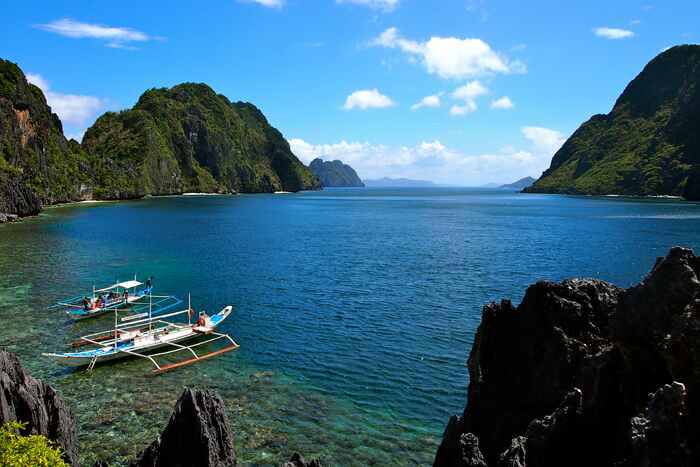
The province of Palawan pokes out to the West of the Philippine Islands like a long finger squashed between the South China Sea and Sulu Sea. Narcotic seascapes, vibrant coral reefs, dense tropical forests and rugged mountains create a complex ecosystem that serves as refuge for many threatened creatures both on land and sea.
Unlike much of the Philippines, Palawan still retains more than 50 percent of its original forest cover, and contains vast stretches of old growth forest on its mountainous slopes. Because of these intact resources, Palawan has been called the Philippines' "last biodiversity frontier."
The Bacuit Archipelago on Palawan's northern coast is a wonderworld of dreamy islands, reefs and azure seas.
Paradise untouched
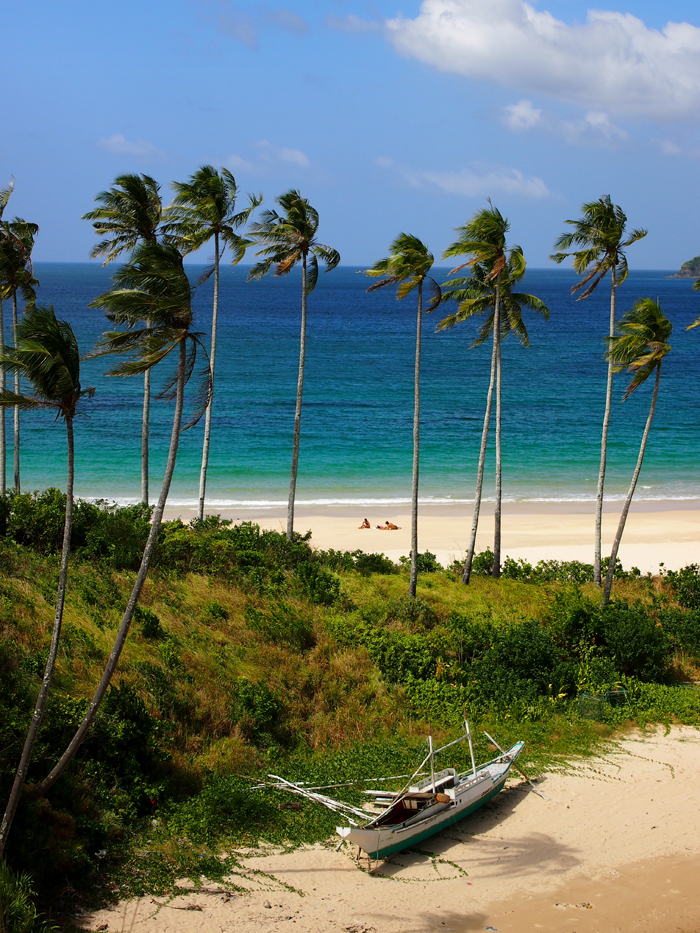
Palawan Island is surrounded by around 1,780 smaller islands, including the equally spectacular Calamian Archipelago to the north. Collectively these islands boast almost 2,000 kilometers (1,200 miles) of coastline pockmarked with rocky coves, islets and powder-white sand beaches.
Many of the beaches here are world class tropical paradises. Some, like those near the popular tourist hub of El Nido in norther Palawan receive large numbers of visitors. Most remain largely untouched, visited only by passing fishermen and nesting sea turtles.
Nacpan Beach, pictured above, is a beautiful white ribbon of sand accessed by rugged roads to the north of El Nido.
Striking and mysterious
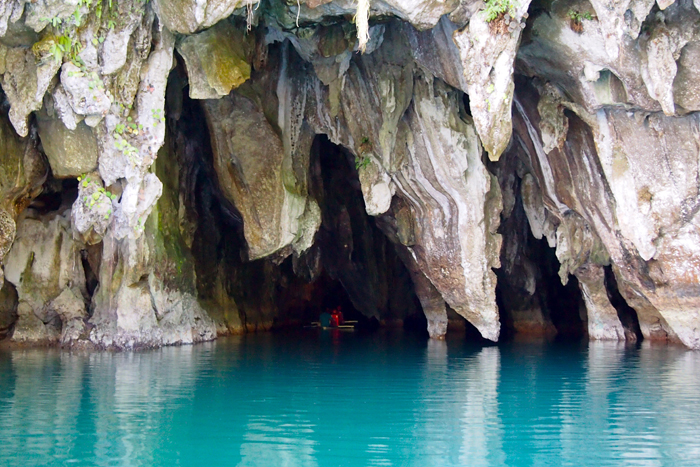
Palawan is famous for its dramatic geology. Islands of sheer, needle-like cliffs contrast with shallow tropical lagoons. Mist shrouded mountain ranges thrust up from shaggy jungles. And mysterious limestone caves riddle the subterranean landscape like honeycombs.
Many parts of the Palawan are made up of karst, a porous limestone rock often associated with caves. Over time the natural processes of erosion have eaten through the soft limestone hills to create some of the world's most spectacular cave systems, including the Puerto Princesa Subterranean River National Park. Often simply called "the underground river" this UNESCO World Heritage Site contains the longest navigable underground river in the world at over 24km (15 miles).
This photo shows the surreal entrance to the underground river. Accessible by guided boat tours, the underground river is a wonder of geology and an important refuge for bats.
Unique creatures
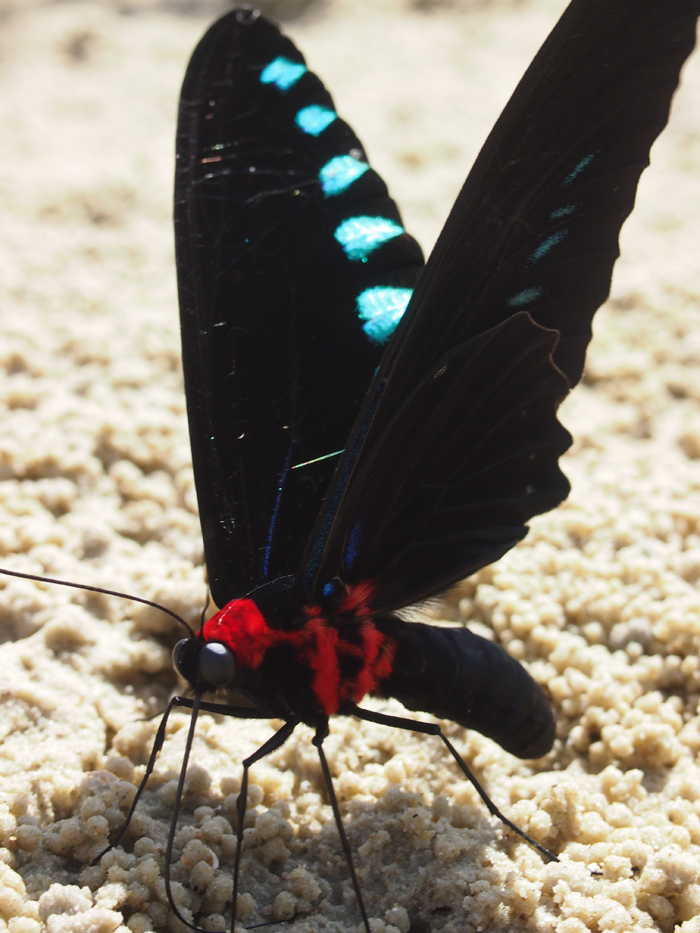
Palawan was once connected to the nearby island of Borneo during the last Ice Age when sea levels were much lower. Because of this connection Palawan's flora and fauna are closely related to that of Borneo. Palawan also has many species of plants and animals that are endemic and found nowhere else on Earth but here.
Some notable Palawan species include the Philippine Mouse-deer, the Palawan Peacock-pheasant and the Palawan Bearded Pig. However, these larger species are elusive and hard to see. Visitors are more likely to encounter the songs of over 200 species of birds or glimpse one of the over 600 species of butterflies that flutter through sunbeams.
This is a Wallace's Giant Birdwing Butterfly. As the name suggests the size of these butterflies' wings (6 inches across) rivals that of the birds.
Back to basics
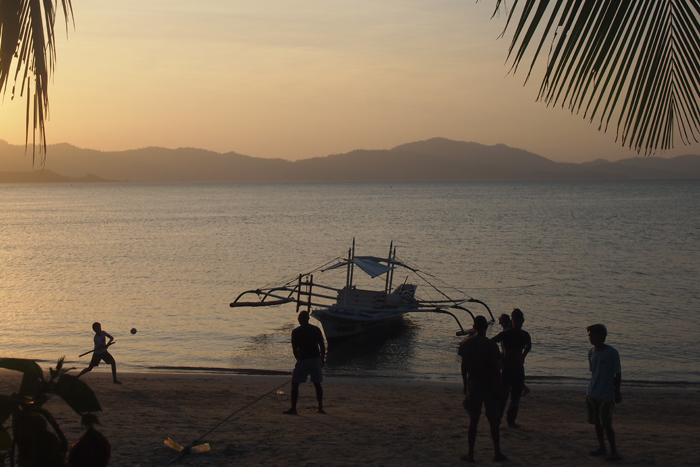
Palawan is sparsely populated and rural. Outside of the provincial capital of Puerto Princesa, a handful of small villages and settlements dot the main island. One (mostly) paved road connects the north to the south.
Traditionally many people on Palawan farm or fish, relying on the bounty of the land and the sea for their livelihoods. The natural rhythms of nature have sustained people here for centuries. However in recent years high migration rates from other parts of the Philippines and rapid urbanization have put stress on natural resources and traditional livelihoods. Paradoxically, the allure of this place threatens to lead to its destruction.
For now island rhythms and traditions are still common in most places on Palawan, as in the sleepy town of Port Barton pictured above.
Enchanted and interesting

At the far tip of northern Palawan Island the rocky outcrops of the hills dive into the sea and disappear. They re-emerge again across a turbulent straight of water to the North in the form of the Calamian archipelago: a smaller, but some argue, even more beguiling group of tropical islands.
The Calamianes are primarily made up of the islands of Busuanga, Coron and Culion. Busuanga, the largest, is the main port-of-call and largest island in the group. Culion has a mysterious history and was once the largest leper colony in the Philippines. While rugged, forest covered Coron is the ancestral home of the indigenous Tagbanwa people and closed off to visitors.
These islands' myriad lagoons, mangroves, seagrass and coral reef, ecosystems provide habitat for rich concentrations of marine life such as dugongs and reef sharks.
Unspoiled
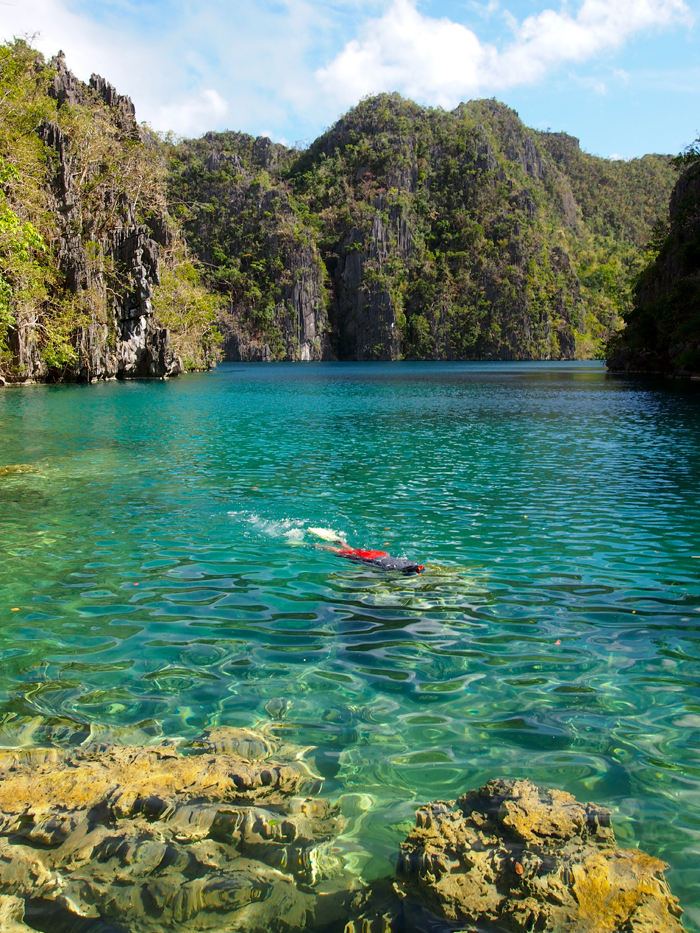
The island of Coron is largely off limits to visitors and tightly controlled by the indigenous Tagbanwa people who are its traditional guardians. Undeveloped, Coron is a place of pristine natural beauty.
Throughout the island's rugged landscape are seven lakes, all of which are sacred cultural sites to the Tagbanwa people. Two are open to visitors, including Kayangan Lake, the cleanest and clearest lake in all of the Philippines and all of Asia.
With visibility extending for 80 feet (24 meters) or more, the lakes of Coron provide superb opportunities for snorkeling and diving. High echoing cliffs, ragged rock formations and clear, turquoise blue lakes create a magical cathedral-like atmosphere for exploration.
Sign up for the Live Science daily newsletter now
Get the world’s most fascinating discoveries delivered straight to your inbox.
Living art
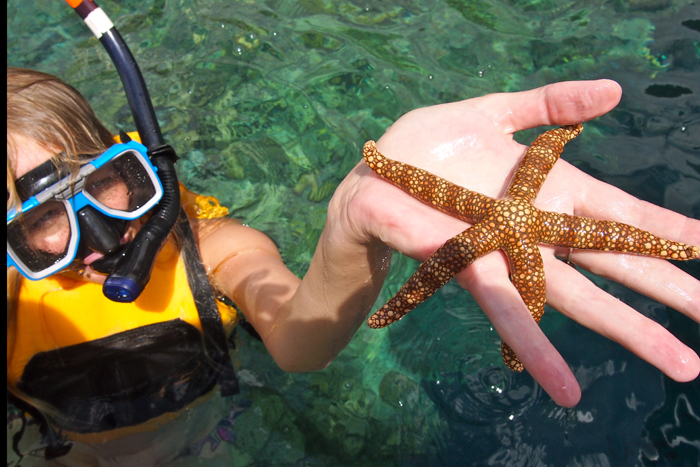
Palawan lies in an area of the world known to biologists as the "Coral Triangle," a roughly triangular region encompassing the tropical marine waters between the Philippines, Indonesia and Papau New Guinea. This is the Amazon of the ocean. More reef-building species of coral, tropical fishes and marine biodiversity are found here than anywhere else on Earth.
The coral gardens surrounding these islands are colorful dream worlds of life forms. Snorkeling and diving in these underwater ecosystems you may see green parrotfish munching on algae, small striped cleaner fish grooming visiting fish for parasites, sinuous eels and cryptic octopus's hiding in crevices or wizened sea turtles breaking the surface for air.
The renowned underwater explorer Jacques Cousteau declared Palawan one of the most beautiful seascapes in the world. This starfish is just a glimpse of some of the living art found beneath the waves ...
Vacation destination
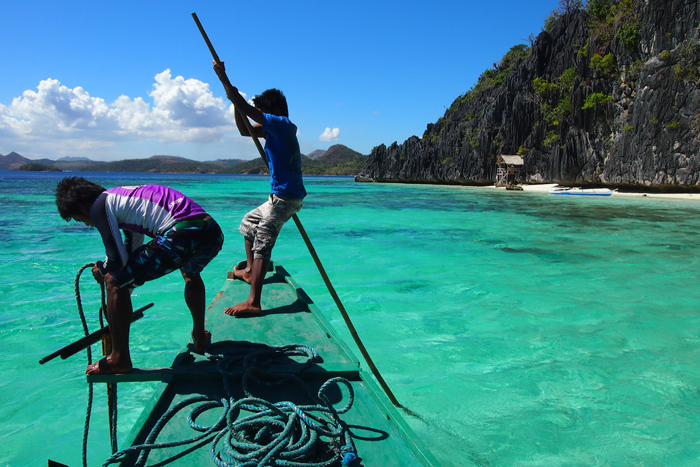
The crystal clear waters and rich coral reefs surrounding the Calamian Islands make it one of the best destinations in the Philippines for snorkeling and diving. Easily accessed by bangka boat (large outrigger canoes), the near shore waters of Coron Island also offer some of the best wreck diving in all of Asia and the world.
A number of Japanese ships that sank during World War II litter the Coron sea floor. Most of these wrecks (12 in all) were Japanese supply ships anchored in Coron Bay when the US Navy launched a massive air strike that sank them. Today the skeletal remains of these wrecks are nurseries of undersea life.
Many species of hard and soft corals have attached to these accidental reefs. Amongst their colorful detail divers may stumble upon all kinds of animals. On any given dive is the possibility of seeing creatures like semi-transparent cuttlefish, camouflaged frog fish, delicate sea horses, schools of barracuda and much more.
Protected but in danger
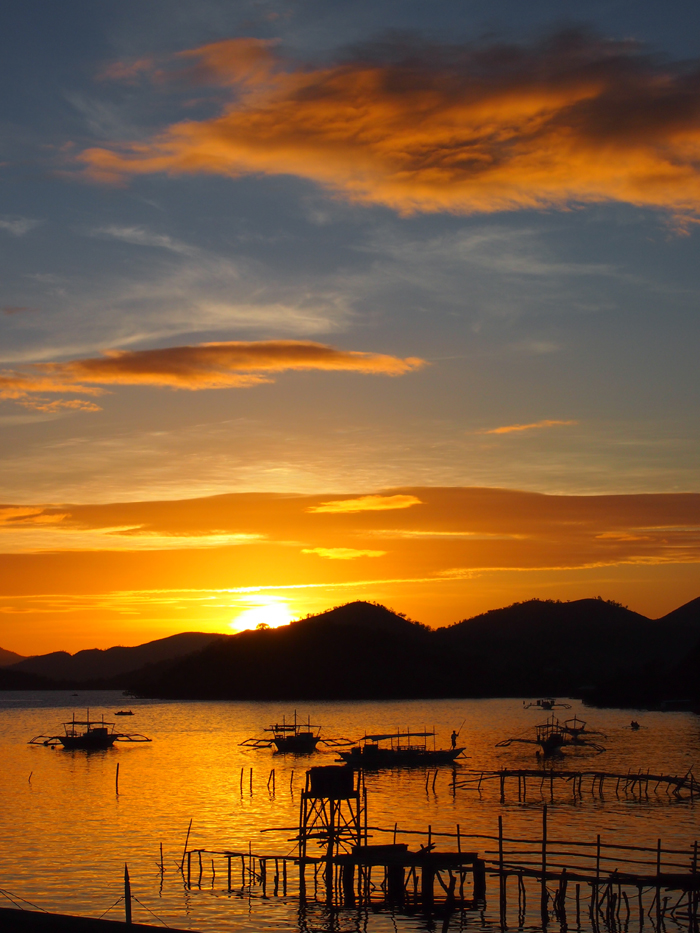
The entirety of Palawan province was declared a Biosphere Reserve by the United National Educational, Scientific and Cultural Organization (UNESCO) in 1990 because of its astounding biodiversity and unique indigenous cultures.
Despite this designation, the future for Palawan's biodiversity and indigenous groups looks ominous. The felling of forests, erosion of hillsides, and exploitation of fisheries from population growth and uncontrolled development threaten both the pristine ecosystems of the islands and the future of the people who depend on them to live.
The challenge in Palawan, like many places in the world today, lies in finding ways to sustainably manage both natural resources and the livelihoods of people who depend on them. Safeguarding ecosystem services in the form of water, fertile soils, flood control, carbon sequestration and eco-tourism benefit local communities and sustain healthy ecosystems that can ensure Palawan continues to remain the Philippines biodiversity frontier ...









